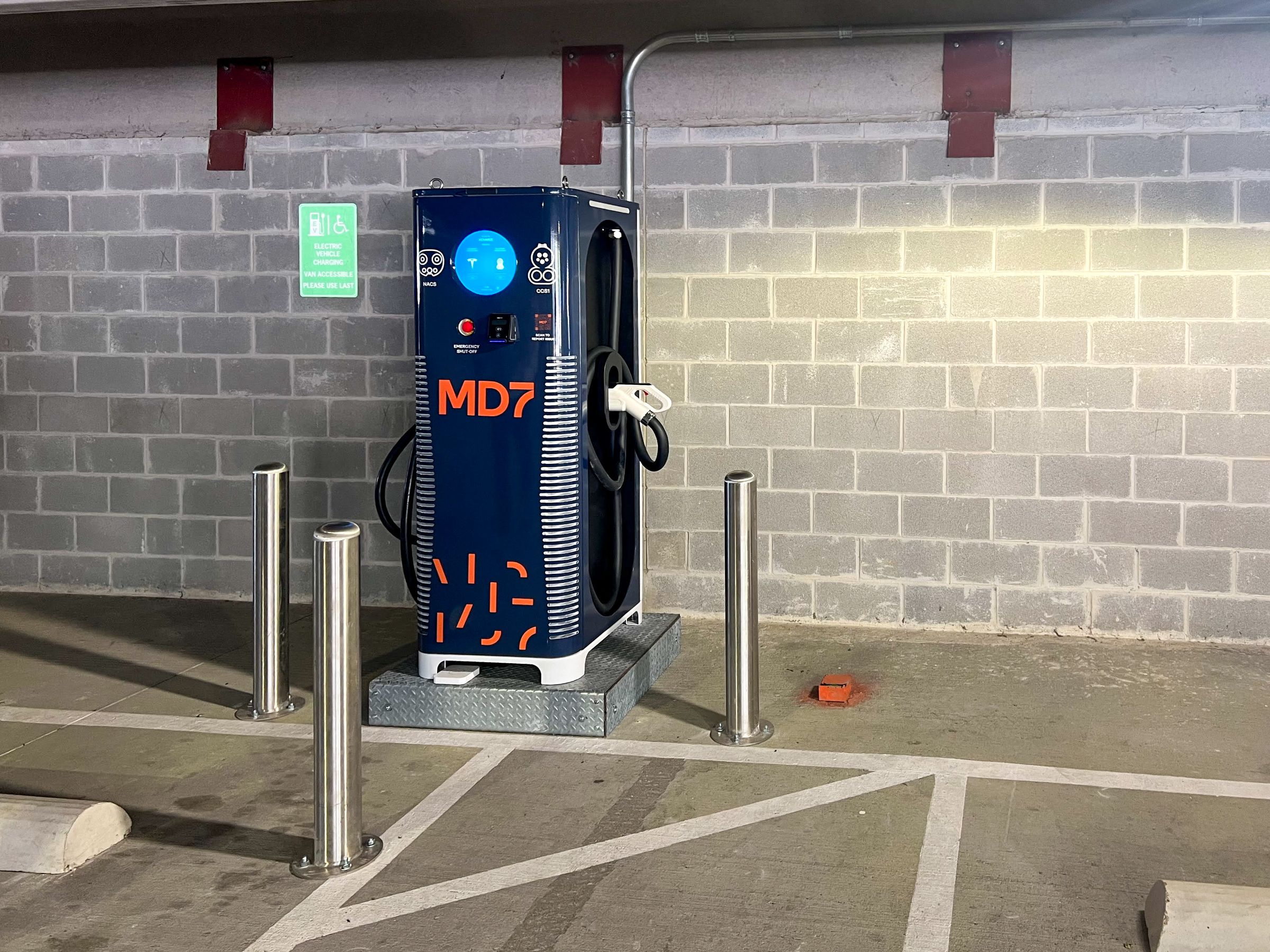Zoning Forecast for 2016
Cynthia Hanson
Md7 Land Use and Government Affairs Counsel
It’s been said that to know where you are going you must look at where you have been. This statement could not be truer for telecom zoning than in 2016. To understand what is on the horizon for telecom zoning in 2016, a look back at 2015, a year when many new laws and regulations were put in place affecting zoning for telecom, is necessary.
In 2015, the FCC’s new rules for wireless siting went into effect when its “Acceleration of Broadband Deployment by Improving Wireless Facilities Siting Policies Order of 2014” became effective. These new rules which include a shorter 60 day shot clock for review of discretionary siting applications (zoning) and a deemed approved remedy for qualifying deployments, were put into place to speed up the wireless siting process. The FCC’s rulemaking was upheld by the appellate court in December. However, because many cities and counties continue to believe that the FCC overstepped its authority, an appeal to the US Supreme Court will most likely be filed early in 2016. Whether appealed or not, all provisions of the FCC’s new rules for wireless siting applications are effective and cities and counties must follow those new rules, processes and timelines. In 2016, expect to see more cities and counties revise their code provisions to comply with the new FCC regulations.
During 2015, in the wake of the FCC’s rulemaking, various states passed laws aimed at accelerating the wireless siting approval process. In California, Georgia, Indiana, and Iowa, new laws were passed which force cities and counties to either approve or deny discretionary wireless siting applications within set periods of time (90 days for mods and 150 days for new builds) or the applications will be deemed approved. In 2016 more states will follow suit and pass similar laws aimed at expediting wireless modification and new build approval processes. Court challenges to these new laws could also take place in 2016.
DAS, Small Cells, and Network Densification were hot topics in 2015. Carriers, equipment manufacturers, and cable companies are looking at how they can improve wireless infrastructure and boost speed and capacity. Utility poles, streetlights and stoplights are increasingly being viewed as micro site possibilities. Poles in the ROW that require only a Public Works approval process for installation of these micro sites are frequently sought in an effort to avoid the lengthy planning department review process found in many cities and counties. The issue of fees, placement, and what constitutes usable space can vary based on the pole owner. The FCC addressed the rates for pole attachments in 2015. A State can opt out of the rules if they put in place their own. In 2015, the Washington (state) Utilities and Transportation Commission adopted new regulations for pole attachments, including limiting fees and defining usable space on public owned poles. In 2015, the California Public Utilities Commission was scheduled to vote on new regulations that would set fees, placement, and usable space for wireless carriers, but decided these regulations needed further study. In 2016, expect to see California and other states issue rate, placement, and other regulations for the use of utility poles in the ROW.
As the FCC and state utility commissions address the issue of rates, usable space, and equipment placement on poles in the ROW, the need for, and type of zoning review of, these deployments remains up to each city or county. Some cities and counties require only Public Works approval while others send the application package through the standard zoning review process, and some jurisdictions take a hybrid approach with design approval from planning, but final approval through Public Works. Look for new local ordinances specifically aimed at wireless attachments on poles in the ROW in 2016. On a state level, in California, the legislature is looking to streamline the process for use of existing poles, installing a certain type of antenna. A bill is currently pending in the state legislature which would exempt zoning approved poles located in the ROW from any further zoning review when an application is made for a permit to install strand-mounted antennas on the lines coming from these poles. The use of these micro antennas is another way the wireless industry is attempting to address the needs of its consumers. This California law and similar laws pending in other states will go into effect in 2016.
Towards the end of 2015, the FCC requested comments on expanding SHPO exemptions for DAS and Small Cell installations. This action follows up on the FCC’s Infrastructure Report and Order of 2014 mentioned above, where they anticipated further relief for DAS and Small Cell installs. In 2016, the FCC is expected to amend the 2001 Nationwide Programmatic Agreement to include new SHPO exemptions for qualifying DAS and Small Cell deployments.
The FCC started 2016 by issuing a report on what they found to be the lack of availability and poor quality of rural broadband. This report was issued in advance of the FCC public meeting scheduled for the end of January. The topic has already spurred a lot of discussion and will continue to be hotly debated in 2016 as the FCC and wireless industry attempt to tackle this problem.
The upcoming year looks to be another year of action on federal, state and local levels with new laws and regulations aimed at speeding sites to on-air, challenges to these laws, and the need to balance the interests of all sides in this debate. Will 2016 be the year we all just learn how to get along?




